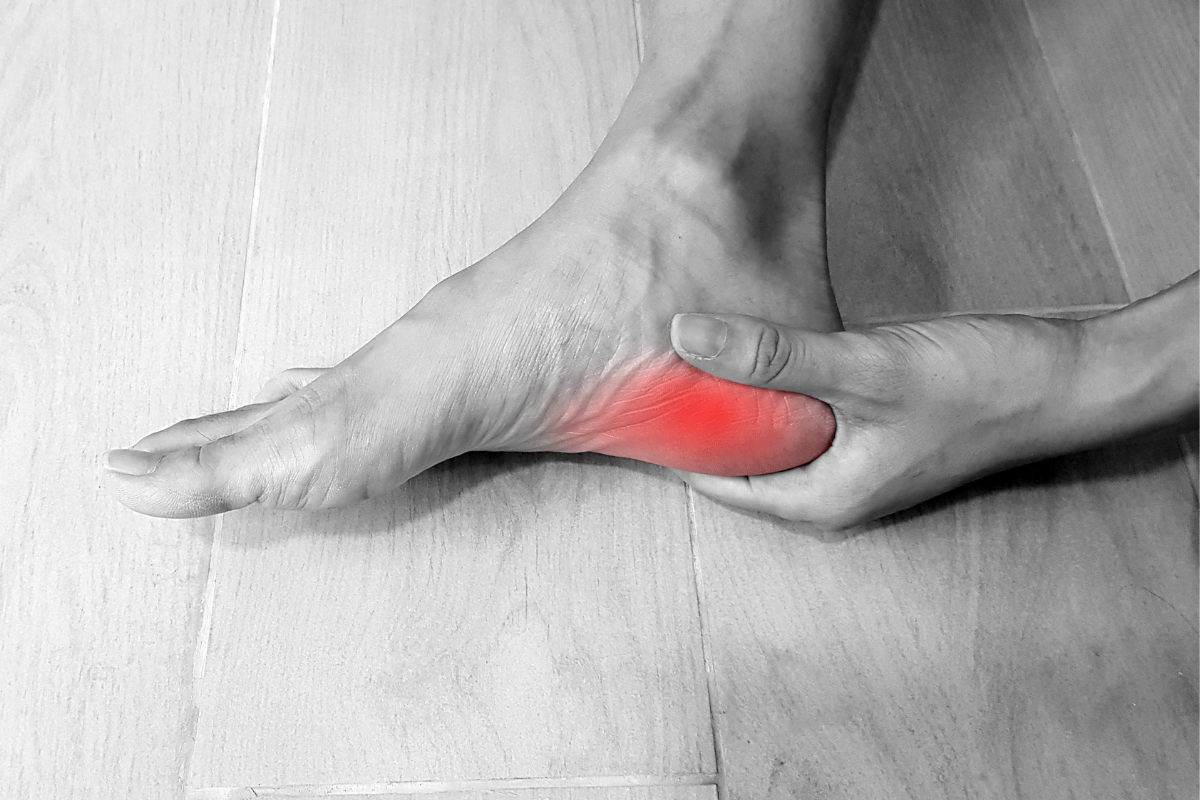Many people walk around every single day of their lives with some pain in their feet. While some individuals may simply disregard this and go about their way, there are numerous persons out there who have had enough of living with pain. There are even unlucky ones who have experienced getting their activities disrupted.
If you are one of these people and often feel a stabbing pain on your foot, chances are you may already be suffering from plantar fasciitis. For those wondering about what to do and when to see a specialist right away, this article will answer all of that and more.
Get to Know Plantar Fasciitis: What is It?
Plantar fasciitis is a type of inflammation on your plantar fascia, a band of tissue that is present at the bottom of your foot. The plantar fascia is also responsible for connecting your toes to your heel bone and it provides much-needed arch support.
This type of inflammation is one of the most common causes of heel pain primarily because the plantar fascia absorbs our weight when running or walking. This condition usually refers to small tears or the overstretching of the plantar fascia.
When this happens, you may notice a sharp, stabbing pain at the bottom of your foot near your heel. There may also be nerve pain associated with this condition, and when you have this, the pain can sometimes affect your ankle.
Causes of Plantar Fasciitis
There are various factors that contribute to the inflammation and or tearing of your plantar fascia. These include exercises or stretching activities that are hard on your heel and the attached tissue. These include ballet, running, and aerobic dance.
Apart from these, individuals who are obese tend to suffer from this condition. The extra weight often puts more stress on the plantar fascia. This can also manifest if you stand for long periods of time or simply when you have arched or flat feet.

What You Should Do
If these symptoms are already manifesting, you can try losing weight to help alleviate the stress being carried by your feet. Moreover, you can also try to ease the pain by wearing shoes that have good arch support.
However, for those that want professional help, getting yourself treated for foot and nerve pain by your foot doctor is the way to go. They can diagnose this condition and help provide a treatment plan that will improve your way of life.
Your health care provider will have you undergo a series of exercises to determine the cause and identify areas where you feel pain or tenderness. These usually include raising your toes and gauging if you have a tingling sensation in your does, alongside the pain, of course.
Depending on your case, your doctor may urge you to get an x-ray or MRI to rule out other factors that may be causing your pain. Better yet, your doctor can prescribe arch supports or recommend foot surgery for your pain.
The Takeaway
Plantar fasciitis is a type of inflammation that can be treated and eased over time. If you want to finally improve your quality of life and walk and run without pain, getting the help of a trusted foot specialist should be your top priority.
Howard County Foot & Ankle specializes in treating an array of foot conditions, including nerve surgery in the lower extremity for nerve pain and bunion surgery.





